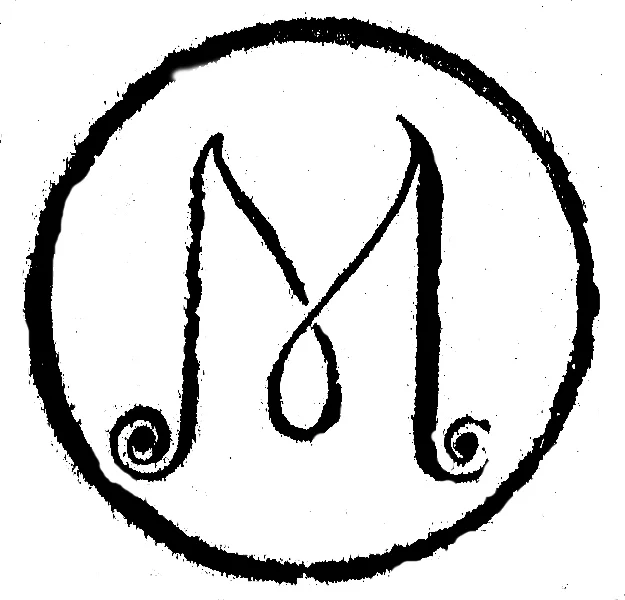Magnetic Resonance Imaging (MRI) is noninvasive medical imaging technique based on Nuclear Magnetic Resonance (NMR). As NMR measures a sample by the level of magnetization of the observed media it can distinguish not only by the physical characteristics of the tissue but also between paramagnetic deoxygenated hemoglobin and diamagnetic oxygenated hemoglobin in the blood flow and hence map activity by oxygen consumption pattern (fMRI). Both visualization of soft tissues themselves and visualization of related oxygen metabolic processes in that tissue can be achieved. In either case modern computational capabilities allow researchers to apply Pattern Theory in order to extract more information than just pixel/voxel brightness level from the MRI image through consideration of higher order statistics of the image or the region of the image. Texture Analysis in this context represents statistically measurable differentiation of the imaged regions either by tissue structure or metabolic activity. Changes of such statistical texture parameters in time can also be observed and hence the changes in tissue or activity mapped in time as well as the location.
Texture as a scientific description emerges from natural human perception just as a color for example. Same as with the color which we instinctively recognize but also scientifically and precisely quantify, texture can be precisely quantified as well. In most general terms texture is similarity grouping within the image by density, granulation, randomness, directionality,... Keeping the analogue with the color, defined by wavelengths of the light, texture is defined by higher order statistics of the pixels/voxels in the image. I will again underline that in the case of the MRI such texture may be describing either tissue itself or functional processes in it. In either case statistics are used to extract various textured areas in the image, discriminate between them, map them and classify them by some criterium (ex. normal vs. abnormal tissue). Textures are most typically defined by higher order statistics though stochastic models with fitted parameters and transform methods like Fourier transforms can be used as well. Important aspect of texture analysis is that we can apply the pattern theory and machine learning to automate this process in very objective manner. Once implemented such system can give objective information to the clinician about particular disease or condition from the patient MRI scan. Initial work is done toward such diagnostic setups for conditions ranging from tumors, epilepsy, multiple sclerosis to autism. Collectively this set of tools in Medicine is now called Radiomics.
Overview of the steps involved in MRI texture analysis from "Texture Analysis: A review of Neurologic MR Imaging Applications by A.Kassner and R.E.Thornhill


